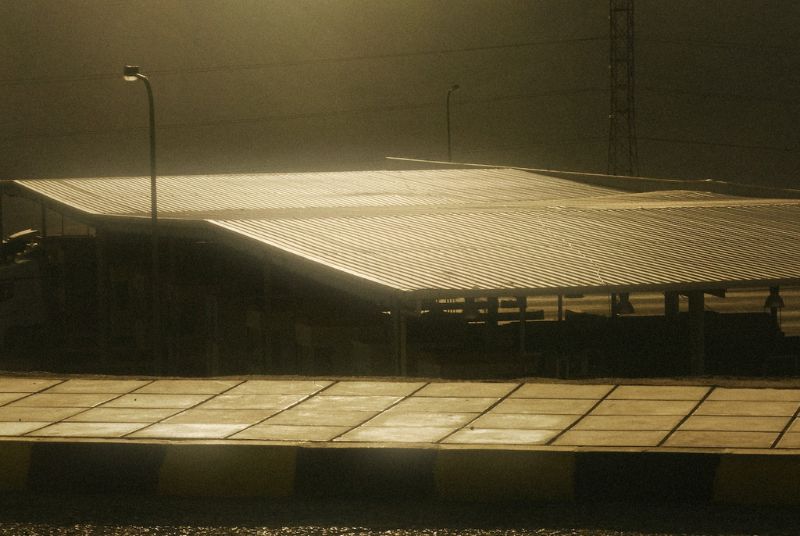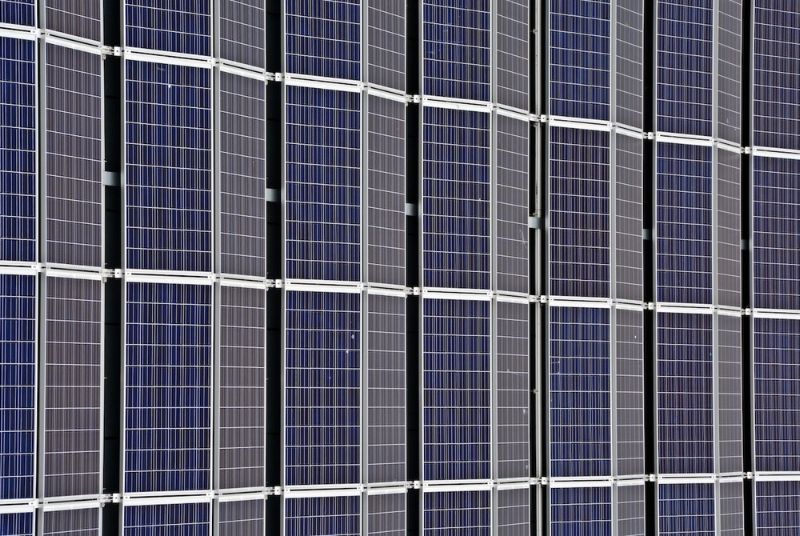Sea Area Solar Farms - Innovative Green Energy Source
The new technological era dictates its rules for humankind. The global need for renewable energy sources rises and forces bright minds to develop absolutely new approaches to the production of larger amounts of cheap energy. In fact, this energy can cover the majority of the required energy capacity for supplying factories, manufacturing, and global resource production.
However, alternative energy generation requires a fair amount of space that can be dedicated to building green power plants, either windmill stations or solar power plants. In some cases, more advanced countries tend to use deserts or rocky mountains to construct green power plants. But what is considered an innovation in this industry is extending the green energy networks to the seas or oceans. It’s possible due to the special technology of floating solar panels that allow for the accumulation of solar energy that is dispersed around the sea and, under ordinary conditions, is never used. Once this technology proved itself to be worth attention, China built a long-lasting plan for implementing it in the open ocean along the coastline.
China’s experiment with floating solar plants has proven to be an effective solution. About 30 kilometers of the Yellow Sea coastline in Shandong are used to generate green energy with the help of floating solar panels. The experiment was held by China’s State Power Investment Corp. and Norway-based developer Ocean-Sun AS. The project aims at accumulating ocean-based energy and redirecting it to shore areas where people need it the most to shift from fossil fuels.
However, this innovative technology still faces a lot of challenges on its way to becoming a prominent green energy equivalent. For instance, small-scale systems of this type need to be resistant to corrosion, sea salt, and devastating sea storms. Yet, engineers foresee a great future for this technology and a respective place for it within the industry.

Ocean Sun’s Chief Executive Officer, Børge Bjørneklett is convinced that such optimism is easily explained by the lack of land that is in the possession of the majority of countries that they can afford to use for alternative energy production.
The ultimate energy-generating goal set for Shandong is 42 gigawatts more than Norway is capable of generating as of 2023. Similarly, Jiangsu set a target of generating about 12.7 gigawatts of renewable energy as well. However, China is not the only country to work with this kind of energy production innovation. The Netherlands and Malaysia are also conducting test projects to analyze if the approach could possibly satisfy the countries’ energy consumption needs.
Even though the renewable energy sector continues to grow, other industries also develop as society gradually needs more and more space to build office buildings, expand cities, and improve the overall quality of life. All the mentioned factors and a bunch of others in combination create one of the most tremendous problems - lack of space for alternative energy resources. Solar panels require quite a bit of space to function properly and generate the highest level of energy possible, not to mention that not all types of terrain are suitable for solar panel installation. For some countries, similar projects would require deforestation to provide a flat and hospitable location for the project. Whether it is a fair price or not, is already a disputable question.
That is why floating solar panels might come as Deus ex machina - an unexpected, miraculous solution to most of the countries striving to implement alternative energy projects. The benefit of the approach is sensible for countries far from the open ocean and seas as well. The method requires any type of water surface, meaning lakes, reservoirs, fish farms, rivers with slow currents, and dams are also of use and may be used for side purposes to generate the amount of energy more than capable of covering the demand of the whole nearby city. Countries like Columbia, Japan, Israel, and Ghana were among the first to distinguish the advantages of secondary water area usage and take the first steps toward harnessing this idea. One of the first projects of this type belongs to the United States and was built in New Jersey to cover the electrical needs of more than 1400 homes in Canoe Brook.
As of 2023, China’s artificial lake on the site of an old coal mine in Huainan has close to 500,000 solar panels connected to a grid, supplying energy to over 100,000 homes in China. Besides, according to Chinese specialists, covering the rest of the available reservoirs with floating solar panels would grant a chance to supply 6,000 global cities with ecological energy and make them fully self-sufficient.
Even though the innovation is quite promising, not all politicians in China feel enthusiastic about giving it the absolute green light and implementing it widely. Some of them felt wary and demanded to dismantle the part of the floating solar panel construction that covered about 70% of the lake surface in Jiangsu. Still, the number of locations with floating panels is planned to be expanded to reach the goals set before 2025.

According to scientists working with the technology of floating solar panels, the creation of perfected prototypes might take some time. The technology of panels capable of withstanding the 4-meter-tall water waves will probably need about one year to be completed, and for 10-meter-tall waves, it might take up to three years to perfect the overall construction technology.
The whole range of experiments and construction prototypes is a promising sign of a great future for this technology. For instance, Dutch company SolarDuck AS experimented with high-density plastic pipes to adjust the carcass for better-floating qualities and to make the whole construction more resistant to high waves during storms and heavy winds. Among the construction shapes they are experimenting with are triangles, and ring-shaped floaters. The technology is also to be tested in Tokyo Bay and on Tioman Island in Malaysia soon.
The progress in this matter went so far that the Longi Green Energy Technology Co. already started the development of an improved technology specifically oriented for sea conditions, where heavy winds and salty water are the most dangerous opponents to stable plant performance.
If all the aspirations of inventors led to a proven and stable technological solution that would consistently provide a sufficient amount of energy, the technology would help boost lots of global processes closely tied to energy shortages. As a matter of fact, the most effective floating panels would be for large archipelago territories and coastal cities that have a physical opportunity to maintain stable performance and repair the floating plants if needed.
The emergence of floating solar panels marks a transformative stride towards sustainable energy generation, harnessing the untapped potential of water territories worldwide. By utilizing rivers, seas, and coastal areas, these innovative installations offer a myriad of benefits that extend beyond conventional land-based solar plants. The ability to maximize available space, mitigate land use conflicts, and tap into previously inaccessible regions underscores the versatility and adaptability of floating solar systems.
The benefits of floating solar power plants extend to both energy generation and environmental preservation. By utilizing water surfaces, these installations not only generate clean and renewable electricity but also contribute to water conservation by reducing evaporation rates and algae growth. Additionally, the cooling effect of water enhances the overall efficiency of solar panels, ensuring optimal performance and prolonged lifespan. This synergistic relationship between renewable energy and environmental stewardship reinforces the potential of floating solar as a holistic solution to the world's pressing energy and sustainability challenges.
